Description and application of Fertika fertilizers
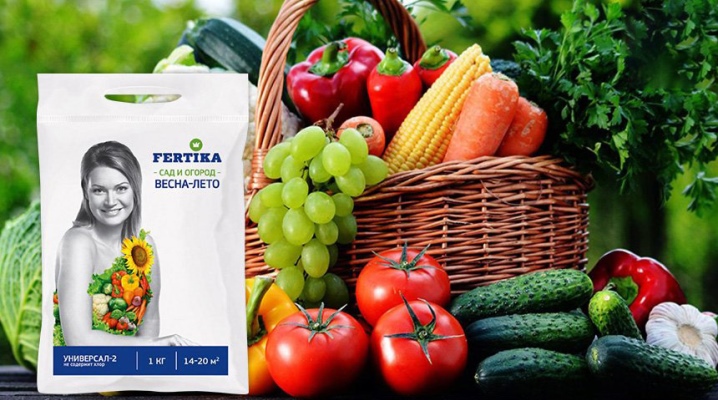
Experienced gardeners know that no matter how fertile the soil is, it still needs to be fertilized periodically with various minerals. However, not everyone can accurately determine what a plant lacks at a given stage of development. Agronomists, for example, believe: if a plant does not grow, then it lacks nitrogen, if it is sluggish, then, most likely, there is a lack of phosphorus, if the tips of the leaves begin to dry out, then this is a lack of potassium.
But in order to determine for sure what the cultivated crop is lacking, it is also necessary to take into account the peculiarities of the soil, plants and climatic conditions, which not everyone can do. It is for this reason that people involved in the cultivation of various crops recommend the use of Fertika fertilizers.
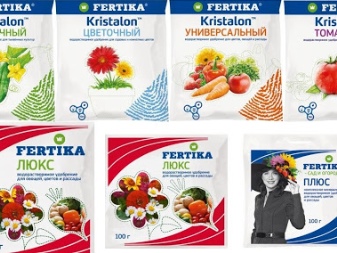
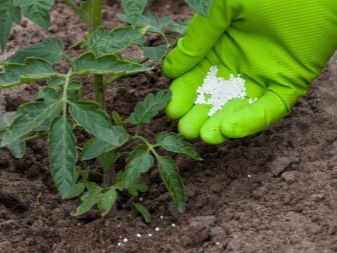
Peculiarities
Fertika is an absolute analogue of the once famous Finnish brand "Kemira", well-known among professionals and amateur gardeners. After the collapse of Kemira, the products were actually revived under the French brand Fertika, the creator made the price more affordablewhile maintaining the Finnish production technology. The European manufacturer (homeland France) made sure that the composition of the fertilizer complex was not only effective, but also safe both for the fruits of the plant and for the person working with the fertilizer.
The main feature of Fertika fertilizers is that their range has already been developed taking into account the seasonal needs of plants., which allows you to enrich the soil or culture with all the necessary elements and minerals at one time or another. In addition, each granule is saturated with a balanced complex of everything you need - both mesoelements and microelements. Due to the complete absence of chlorine in the composition of fertilizers, you can get a safe good harvest on any soil. Unlike cheaper fertilizers, granules of dry mixtures, calculated for dilution in water, dissolve completely, which indicates the absence of unnecessary impurities in the composition.
The entire product line has passed many years of testing in Russia, where the company has already been producing its products since 1995. All fertilizers fully comply with the national GOST.

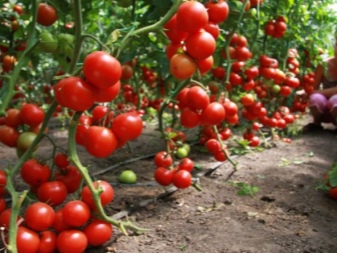
Species overview
The drug is produced in dry and liquid form, which does not affect the appointment, but is designed, most likely, for ease of use. For example, in some cases it is more convenient to use a liquid solution (if it is necessary to water densely overgrown plantations), and if the plants in the garden have already been dug out, then it is easier to fertilize the soil in autumn by digging dry granules into the soil. In addition, the manufacturer has developed a product line both for fertilizing the soil (mainly dry mixtures) and for feeding the root system (it is more expedient to use fertilizer in liquid form).
When it comes to packaging, there are also elaborate varieties of packaging, from large to small. In dry form, the solution is presented in packages from 2.5 (for indoor plants, a series is produced in a package of 25 g) to 25 kilograms. In liquid form - from ampoules to canisters.
Regardless of the packaging, each has a detailed description and instructions for use.
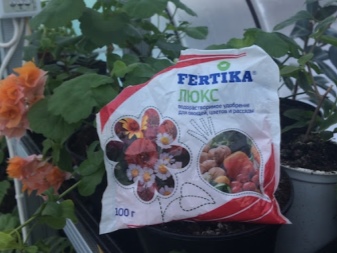
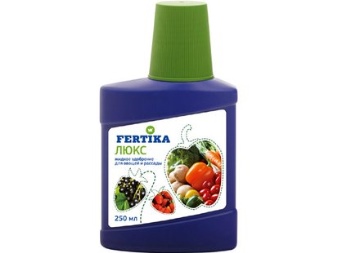
Among buyers are in special demand series "Universal-2 NPK"... This is a fairly practical tool, spending money on which you can process all crops in the garden, without exception.The composition is balanced in such a way that it regulates the pH balance of the soil, endowing it not only with nitrogen, phosphorus and potassium - it includes zinc, silver, magnesium and other useful substances. Since the composition of "Universal-2 NPK" is dominated by nitrogen and potassium, which is necessary primarily for fruit and vegetable crops, then, for example, ornamental plants, depending on climatic conditions, may require predominantly, for example, fluoride.
Then, in order not to be disappointed in the products, and to get a good harvest, it is necessary to select the right fertilizer, since the range of the brand is designed for a specific crop based on its needs at a particular stage of growth. There is a top dressing for needles, lawns, roots, flowers, fruit and vegetable crops and others.
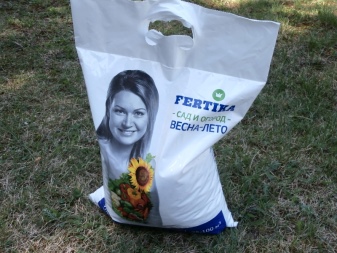

Fertika-Lux
This is one of the most expensive varieties, which is primarily due to the quality, but also very economical consumption. Fertika-Lux is produced in small packages, where the net weight ranges from 25 to 100 grams. But this is quite enough for long-term use, since one teaspoon of the substance must be taken for 10 liters of water. This variety has a wide field of action: you can fertilize both seedlings and fruit and berry crops, as well as flowers. If you use a means for feeding fruit-bearing plants, then the yield becomes larger, the flowering is more abundant. If we talk about flowers, then their color becomes brighter, and flowering is long.
For application, irrigation is usually used.


"Kristalon"
Especially for the soil containing large admixtures of sand, the Kristalon series has been developed, which, in turn, is divided into several more varieties: for vegetables (tomatoes, cucumbers), for flowers and others. There are, of course, and "Kristalon Universal", but for a particularly scarce land, it is better to select the option directly for the culture.
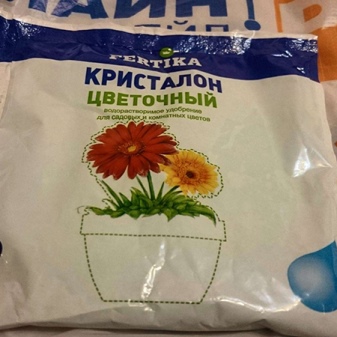
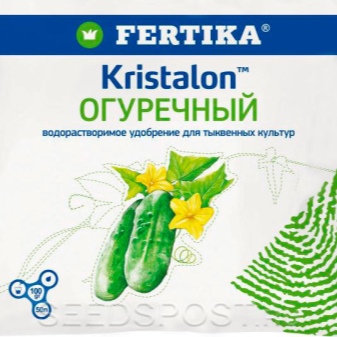
"YaraMila Universal"
If "Kristalon" specializes mainly in flowers and fruit and berry crops, then "YaraMila Universal" will be an effective tool for early feeding of conifers. The operating instructions are quite simple: during the spring digging, the agent is applied to the ground and slightly dug in (no need to hide it too deeply).
If necessary, the procedure can be repeated until mid-summer, and later it is preferable to switch to another seasonal variety.

"Fertika Autumn"
Since the autumn fertilizer Fertika is suitable for all fruit and berry crops, as well as ornamental bushes and trees, the complex is produced in a large package weighing 2.5 kg (for especially impressive areas, you can purchase packages of 5 kg). That allows, spending money, to process the entire personal plot. The autumn complex of minerals contains more rapidly assimilated phosphorus and potassium, which are in balance with other trace elements. Such a selection and ratio are designed to strengthen the plant's immunity and prepare it for the winter period. But it is necessary to apply the drug long before the onset of cold weather: the most favorable time is the end of August and the beginning of November (depending on the climate in the region).
Fertilizer is evenly applied to the soil (the package should be enough for about 30 square meters), after which it is necessary to dig up the area. The planned planting of winter crops should not become a reason why you can refuse to use fertilizer. It is completely harmless. Even if you have already planted a culture (for example, winter garlic or onions), you can gently dig a complex of fertilizers into the ground with a small spatula, without damaging the root system.
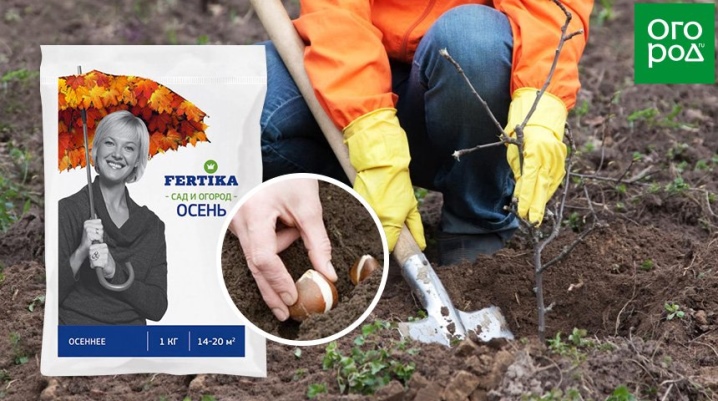
"Complex flower NPK fertilizer"
This complex of fertilizers is designed for feeding different types of flowers. Its absolutely safe composition makes it possible to use the product for the nutrition of bulbous plants. After that, the color of the leaves (tops) and flowers will be more saturated, the plant looks healthy, well-groomed and flowers longer. The system of work with the drug is as follows: it is necessary to use it 3-4 times for the entire seasonal period.
- Before sowing seeds. The procedure is performed to enrich the soil with nutrients necessary for growth. At that stage, only 30-40 grams are applied to the soil and left to act for 3-4 days.
- The next important step, which cannot be ignored, before planting seedlings on the street, which is done not only for nutrition, but also for disinfecting the soil.
- The final touch of processing - a period of active growth of a flower plant. Here, it is preferable to dig the dry mixture into the soil, and then pour it over with water.
If you use a liquid solution, then the plant will definitely get burned.
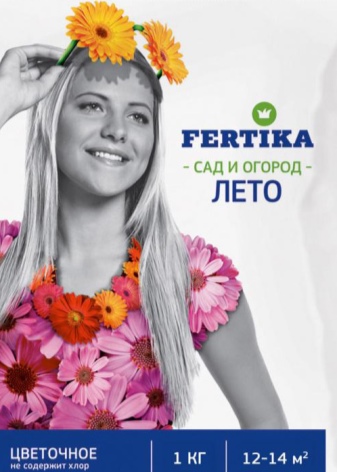

"Fertika lawn"
This is one of the expensive varieties, due to a kind of exclusivity of the raw materials. The main reason why lawns begin to suffer is the rapid multiplication of numerous pests on it. They are destroyed, as a rule, with various chemicals, which cannot but affect the health of the planting itself. This moment became the key for the creation of "Fertika Lawn". As noted above, the main feature of the Fertika product line is safety for humans and culture with high drug efficacy.
By applying the product to the lawn, you first of all destroy pests, prevent them from appearing for a certain period, and inoculate the culture itself with immunity to the same pests.
Since working with pests and rodents is difficult because you cannot always scare them off the first time, there is a scheme for working with Fertika Lawn.
- When forming a lawn, it is imperative to add a dry preparation to the soil at the rate of 1 kg per 10 square meters.
- After hibernation, you also need to neutralize the soil by destroying the larvae of all insects in it. Such processing occurs with the onset of the first warm days after the snow melts. The consumption of the drug here is very scanty: about 5 kg per 100 square meters.
- Well, during the flowering period or after technical exposure (mowing, shearing), it is necessary to strengthen and neutralize the plant that is vulnerable during this period.
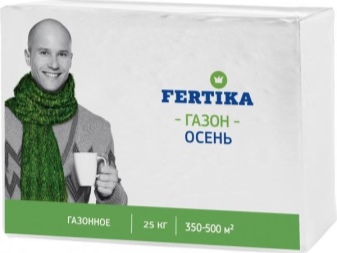
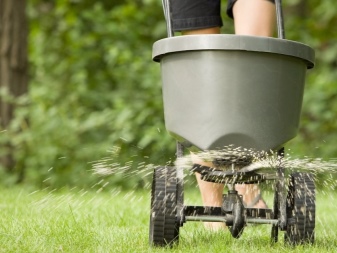
"Fertilizer for conifers NPK"
The peculiarity of this fertilizer is that it is divided into 2 varieties: spring and summer. The difference between them is in the ratio of nutrients. Both the summer and spring fertilization Fertika for conifers is aimed at improving the pH balance of the soil, so necessary for spruces, pines and other conifers.
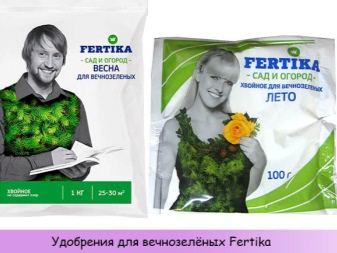
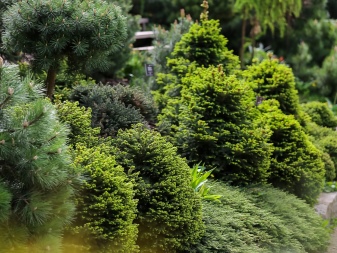
Other
Fertika for potatoes is especially popular among summer residents. The demand is due to the ability of fertilizers to improve the yield of such a seemingly dependent on weather conditions and the external environment of the crop. A potato is a plant that isn't limited to planting a bed or two. As a rule, these are plantations that, like other plants, need additional moisture during dry summers and treatment from pests (for example, the Colorado potato beetle). But it is not always due to certain events that it is possible to carry out a particular procedure in time (watering, destruction of pests). Therefore, experienced gardeners recommend using Fertika for potatoes. The scheme of work is simple.
- For the first time, the soil is fertilized at the stage of its plowing at the rate of about 80 g per square meter.
- The second stage is processing during planting. About 20 g is added to each well, sprinkling with earth.
- The last stage is processing during hilling. But it must be done 2 more times.
Users note that the work done in the system pays off, as the harvest becomes more abundant, and the culture itself is much more resistant to environmental influences.


Instructions for use
It has already been noted that the product in question is produced in two forms: liquid and dry granules. Both one variety and the second are predominantly diluted with water. After that, either the soil or the plant itself is irrigated with the resulting solution. But this also has its complications. The plant may get burned due to the ingress of the concentrate, and therefore in some cases it is safer to use dry granules., which, as a rule, must be covered with earth in order to avoid contact with the root system of the plant.
Detailed instructions are always on the packaging and cannot be ignored. But we will still consider some of the applications.
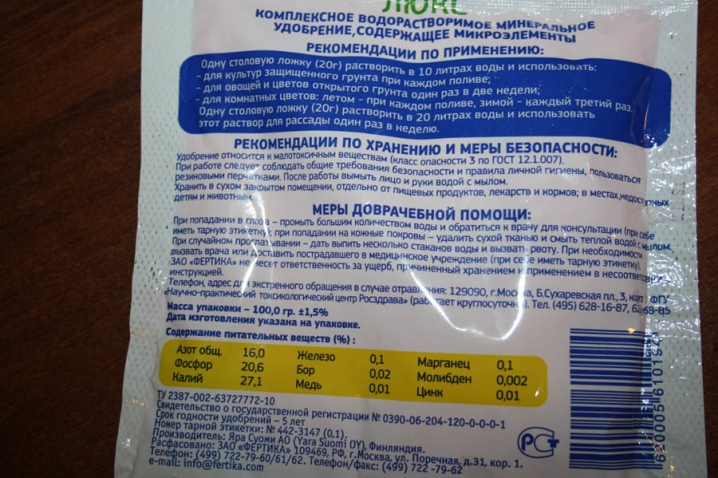
When planning the planting of indoor plants or potted flowers outside, take care of feeding the soil before the flower appears in the pot - add a few granules of the drug to the ground (some kind of complex or fertilizer for violets will do). Let it brew for a day or two.
If violet formulations designed to bloom can be suitable for many flowering crops, then the vulnerable rose needs to be protected. For roses, it is advisable to purchase fertilizer created specifically for it. Top dressing in spring has a strengthening function, and in summer it activates flowering.
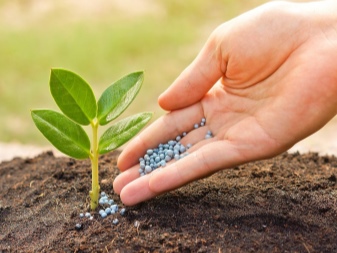
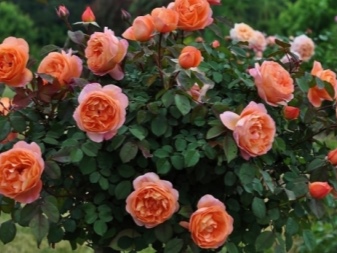
Feeding strawberries is similar to feeding a rose, where spring fertilizers are aimed at strengthening, and summer fertilizers - at active flowering and tying buds... The only difference is the frequency of use. It is recommended to spend at least 3 dressings over the summer, not counting soil preparation, if the culture is planted for the first time. In the future, at least 10 grams of the substance must be injected under each bush. The first procedure is carried out in late April - early May, and then - at the stage of flowering and berry formation.
Fertilizers for lawn and potatoes are aimed at strengthening crops, which in the case of potatoes gives a good harvest.
To get the desired result from Fertika, you need to apply it throughout the entire spring-summer period. And before sending the soil into hibernation, it is also recommended to process it.
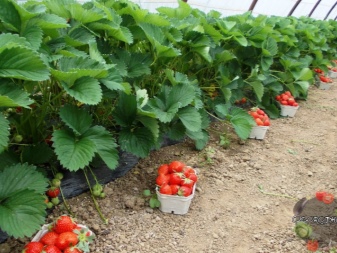
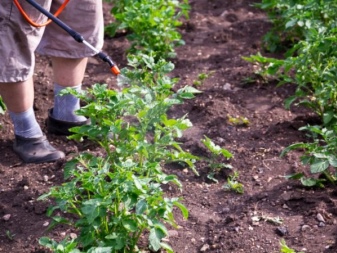
Review overview
Users note that the entire Fertika product line is effective. Thanks to her, they achieve not only a bountiful harvest, but also with low labor costs (the procedures are performed simultaneously with the main work: planting, hilling) the plant always looks healthy, has a bright color (it is important first of all for flowers).
But if, for example, potted flowers or small beds can still be found with what to flavor, but Fertika for potatoes and for conifers, according to consumers, has no analogues. The advantages were discussed in detail above, only I would like to emphasize once again that fertilization makes the potato flower bed much more hardy, and the harvest is more abundant.
As for the conifers, then few of the owners pay due attention to the non-fertile trees growing on the site. As they say, it grows and grows. And it grows for the time being, especially conifers. When the soil becomes rather scarce, the tree will first lose all the needles, and over time it will dry out on its own. To avoid this, experts recommend fertilizing the soil of evergreen trees at least 2 times a year.
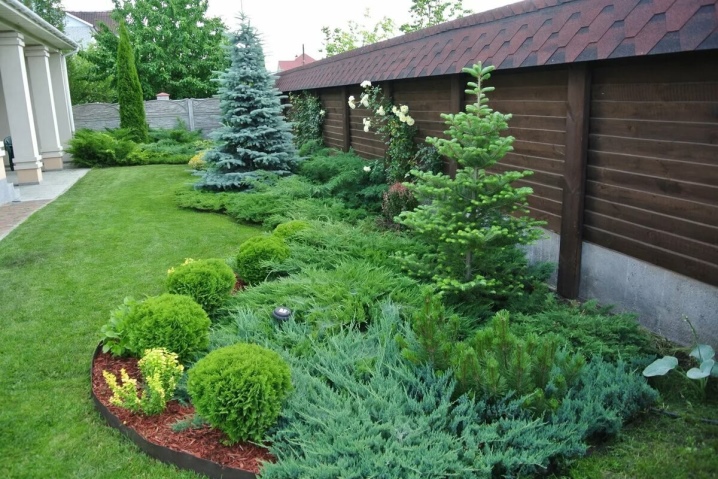
For an overview of Fertika fertilizer, see the following video.













The comment was sent successfully.